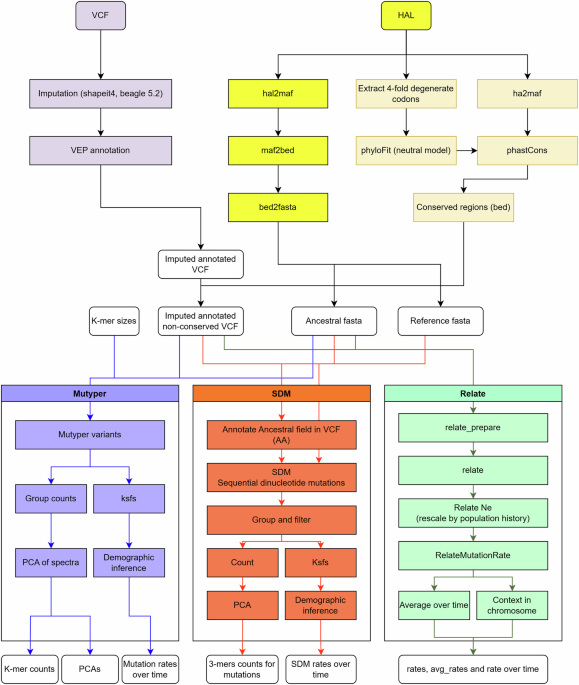Think AI Should Replace Interpreters? Think Again.
UPDATE: As of June 23, 2025, the bills discussed in this article had stalled in committee, but a new bill is being introduced with new, broader language. ATA is monitoring the situation closely.
Recent legislative proposals like those in Wisconsin have raised a burning question: is AI able to replace interpreters? Should courts start using ChatGPT to interpret witness testimony or the defendant’s testimony during any proceeding or trial? Should hospitals rely on Google Translate to read a patient’s medical records? These questions raise important legal, technological, and ethical issues that many lawmakers, officers of the court, and the general public may not have considered. For language professionals, they raise serious alarm bells.
Wisconsin’s AB292/SB295 would allow courts to “use…artificial intelligence or other
machine assisted translation in lieu of or in addition to a qualified interpreter.” Lawmakers and court administrators in other states, as well as administrators in hospitals and schools, have entertained the idea of using AI to replace interpreters and translators. By some accounts, many of these places are already using AI translation or interpreting to assist with administrative tasks, especially when a qualified language professional can’t be found in a timely manner or when no bilingual staff are available. However, using AI instead of qualified interpreters could have disastrous consequences.
There has been massive hype around AI and its ability to interpret from one language to another, especially in the past year. Many companies, like Apple, Samsung, and others are touting the “real-time translation” capabilities of their gadgets and apps, creating flashy and impressive social media and marketing campaigns that leave viewers impressed and fans fawning.

But despite these convincing ad campaigns, AI is not ready for prime time, as confirmed by the very language professionals who use it every day. Imagine your child was abused at a daycare facility, and the only witness to the crime spoke Zapotec, an increasingly common language in the United States. Would you really want to entrust the translation of their testimony to an algorithm, when the future of your child and countless others rests in the balance?
AI is not capable of recognizing or rendering the important nuances of human language, nor can it make the cultural adjustments necessary to convey meaning effectively. It struggles with even some of the most basic, normal parts of our language, like accents, dialects, slang, and idioms. It cannot think, reason, or use basic logic, or understand nonverbal cues or cultural nuance. To date, the multilingual large language models (LLMs) that power AI exist for only a limited set of languages, primarily those used by large international organizations.
One such organization, the World Health Organization (WHO), recently conducted a study to evaluate whether a leading AI interpreting solution, Wordly, could be used to replace human interpreters at WHO meetings. The results were telling: out of 90 tests, only one received a “passing” grade, but it still contained errors that posed a reputational risk. For example, one test confused Hamas, the terrorist organization, with the U.S. The WHO concluded that AI interpreting is still in an experimental stage and is not fit for use in important meetings due to concerns with accuracy and reputational risk. This is especially telling because the WHO conducted these tests in its official languages, for which advanced LLMs do exist. Now imagine if only one person knows the language and no one else present can confirm that a translation is correct. Many commonly spoken languages in the U.S. are among the languages without large LLMs.
The National Center for State Courts (NSCS), which trains judges, prosecutors, and other officers of the court, is unequivocal in its guidance on the use of AI to replace human interpreters: “AI should not be used to replace human interpreters for real-time spoken interpretation in court proceedings due to the high risks associated with context, nuance, and potential errors. Human oversight remains critical.”
The American Bar Association (ABA) Standards for Language Access in Courts state plainly that, “Courts should use caution when considering any kind of machine [assisted] translation, as it has been found to be ‘unacceptably unreliable’ in its current format.”
AI-powered interpreting has made significant advancements in recent years thanks to generative artificial intelligence, or genAI, making it incredibly useful for ordering pho in Hanoi or booking an onsen in Hokkaido. However, it is not the silver bullet for the perceived lack of qualified interpreters in our courts, hospitals, and other important settings.
Many would like us to believe that AI can solve all our problems. But as far as interpreting and translation in high-stakes settings are concerned, it isn’t there yet. The National Association of Judiciary Interpreters and Translators (NAJIT) recently published guidance on the use of AI and machine assisted translation that provides appropriate guardrails for the technology, stating: “All AI-generated translations must be reviewed for accuracy and completeness by human translators.”
The stakes are simply too high. When AI makes a mistake that results in a mistrial, a wrongful conviction, a negative outcome in a hospital, or even death, who will be responsible? The AI company that sold it will have disclaimed all liability. Are our courts, hospitals, schools—and ultimately taxpayers—ready and willing to shoulder such a risk?
Despite all their promises, AI interpreting solutions are not guaranteed to be accurate or even provide the savings buyers are looking for. Free AI interpreting solutions raise serious privacy and confidentiality concerns, since everything you put in them enters the public domain. Paid AI interpreting solutions offer better privacy but are expensive, and training the LLMs is extremely time-consuming, if they even exist for many of the languages spoken in the U.S. Furthermore, they require massive amounts of data and energy to function.
What can people do when they need an interpreter and Google Translate starts looking like the best option? In low-stakes situations, like making reservations while traveling, the likelihood of serious consequences is low. But when reputation, well-being, livelihood, or other serious issues are at stake, human expertise is essential. In some circumstances, telephonic or virtual remote interpreting solutions can provide some relief, but even these tools are limited by microphone and video quality, internet signal strength and availability, microphone placement, and so much more.
The truth is that we need more qualified interpreters, which means more robust pathways into the language professions and compensation that is commensurate with the expertise and experience of the people involved. Interpreting needs have skyrocketed, but budgets have remained the same. Decision-makers may be looking for an easy fix, but AI only makes false promises that will end up being much more expensive.
If you need a translator or interpreter, visit the American Translators Association Language Services Directory.
The American Translators Association (ATA) is the largest association of language professionals in the United States. Founded in 1959, ATA represents over 6,000 professional translators, interpreters, teachers, project managers, web and software developers, language company owners, hospitals, universities, and government agencies.











